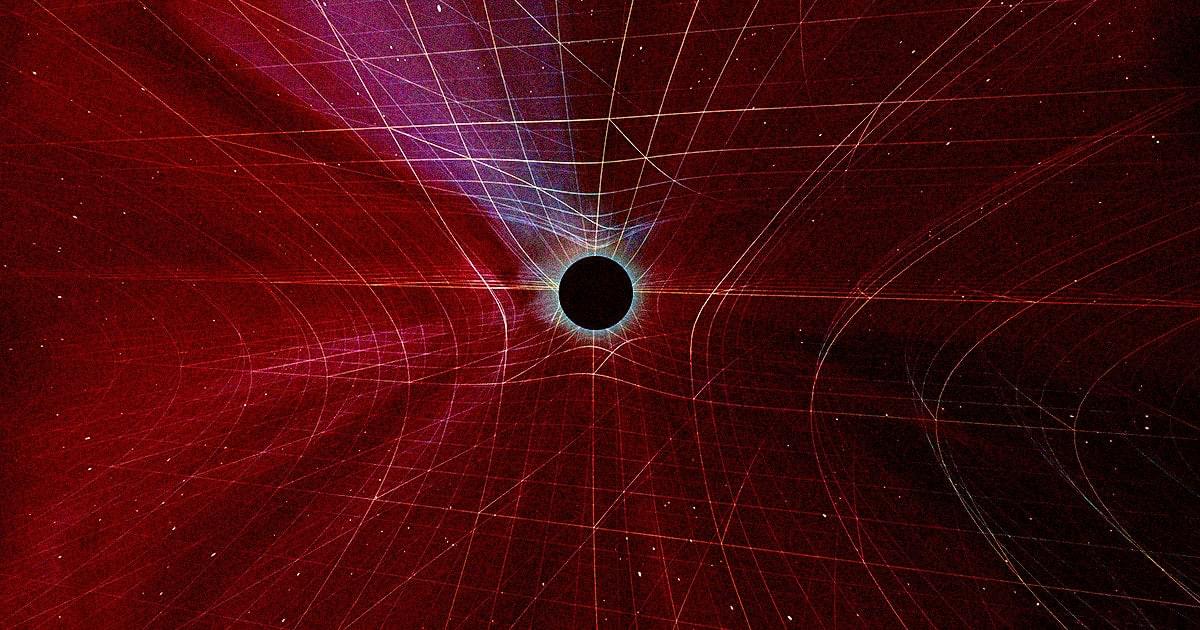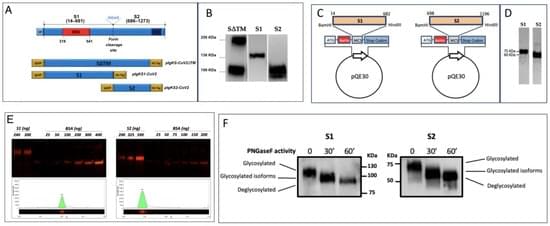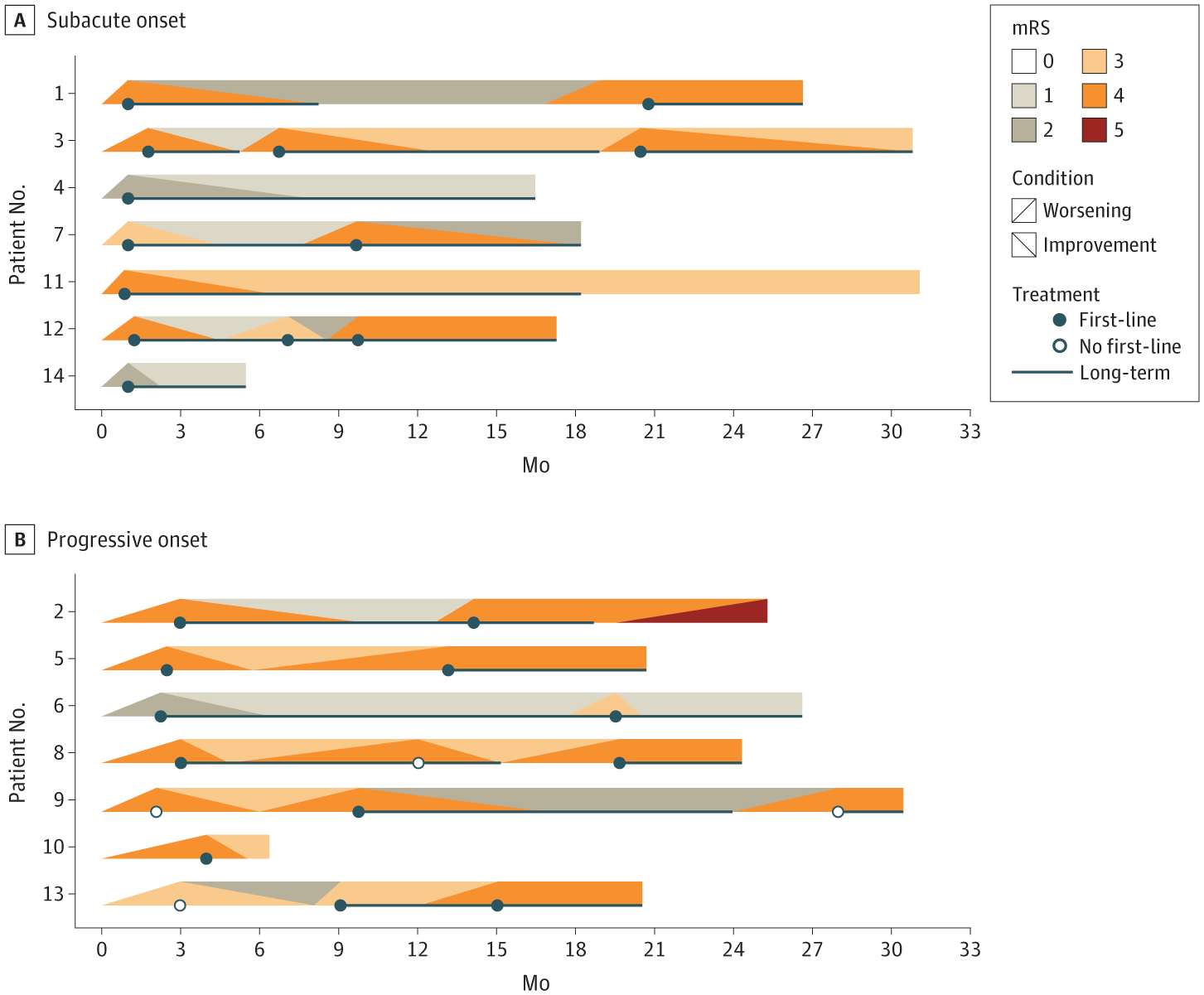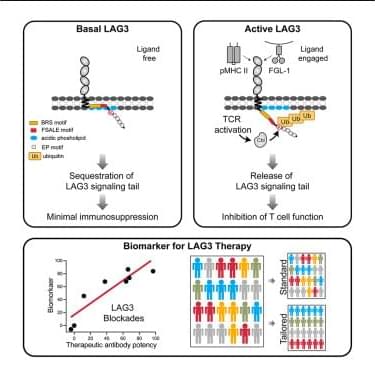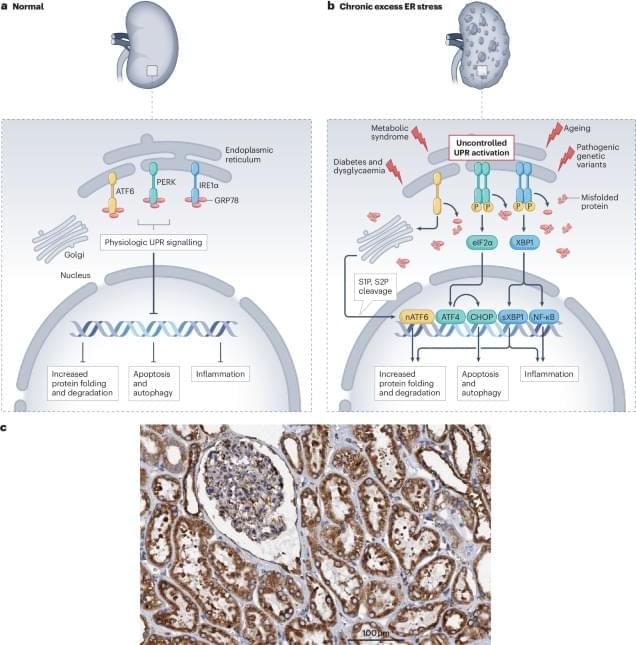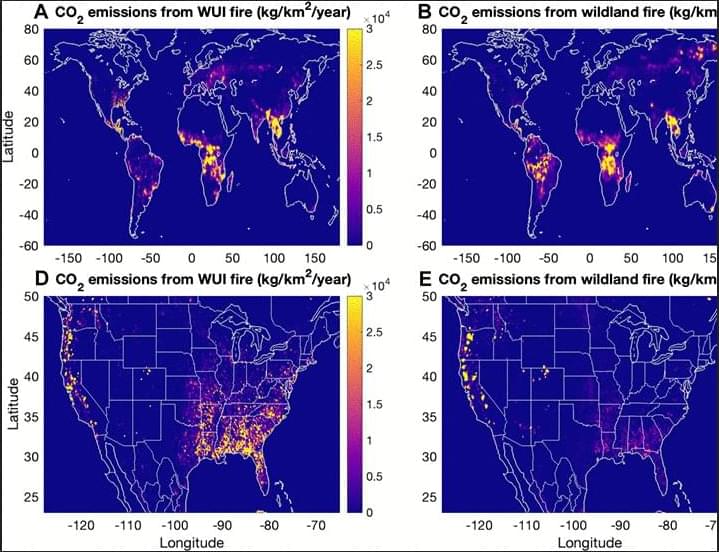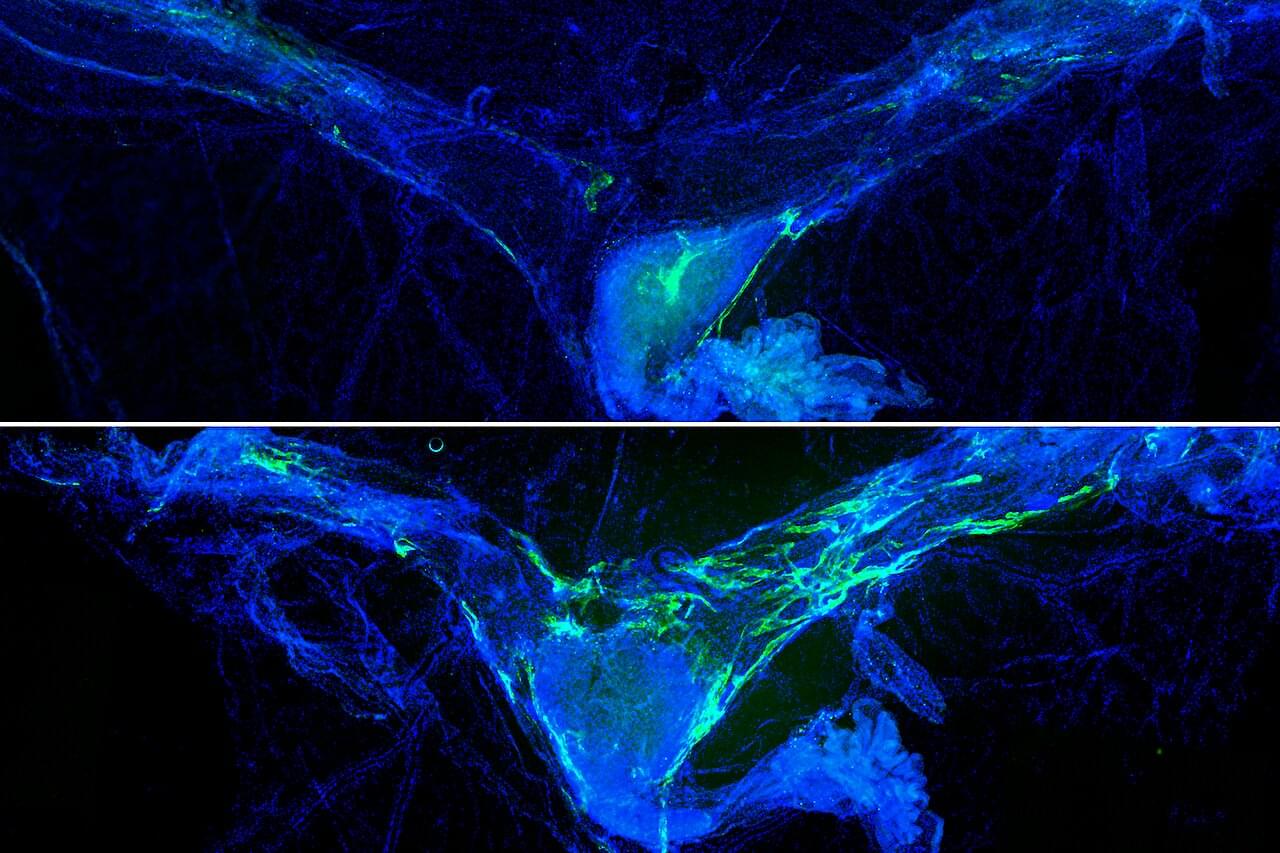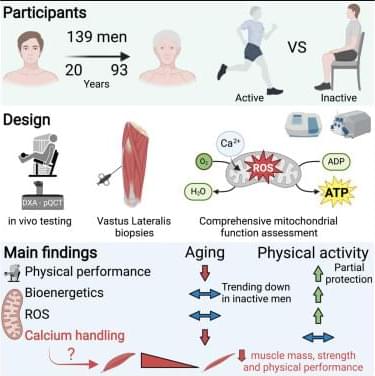A new study suggests our observable universe may be trapped inside a black hole after examining a James Webb Space Telescope survey.
Scientists have found evidence suggesting that “night owls” who prefer to stay active at night may be at a greater risk for depression than “early risers” who are awake more during daylight hours.
New Monoclonal Antibodies Specific for Different Epitopes of the Spike Protein of SARS-CoV-2 and Its Major Variants: Additional Tools for a More Specific COVID-19 Diagnosis
Posted in biological, biotech/medical | Leave a Comment on New Monoclonal Antibodies Specific for Different Epitopes of the Spike Protein of SARS-CoV-2 and Its Major Variants: Additional Tools for a More Specific COVID-19 Diagnosis
The emergence of the new pathogen SARS-CoV-2 determined a rapid need for monoclonal antibodies (mAbs) to detect the virus in biological fluids as a rapid tool to identify infected individuals to be treated or quarantined. The majority of commercially available antigenic tests for SARS-CoV-2 rely on the detection of N antigen in biologic fluid using anti-N antibodies, and their capacity to specifically identify subjects infected by SARS-CoV-2 is questionable due to several structural analogies among the N proteins of different coronaviruses. In order to produce new specific antibodies, BALB/c mice were immunized three times at 20-day intervals with a recombinant spike (S) protein. The procedure used was highly efficient, and 40 different specific mAbs were isolated, purified and characterized, with 13 ultimately being selected for their specificity and lack of cross reactivity with other human coronaviruses. The specific epitopes recognized by the selected mAbs were identified through a peptide library and/or by recombinant fragments of the S protein. In particular, the selected mAbs recognized different linear epitopes along the S1, excluding the receptor binding domain, and along the S2 subunits of the S protein of SARS-CoV-2 and its major variants of concern. We identified combinations of anti-S mAbs suitable for use in ELISA or rapid diagnostic tests, with the highest sensitivity and specificity coming from proof-of-concept tests using recombinant antigens, SARS-CoV-2 or biological fluids from infected individuals, that represent important additional tools for the diagnosis of COVID-19.
This case series evaluates patients in China who presented with an unknown meningoencephalomyelitis syndrome associated with an astrocytic autoantibody.
Genomic variation accounts for some of the differences among people, including important aspects of their health and susceptibility to diseases.
Ligand-induced ubiquitination unleashes LAG3 immune checkpoint function by hindering membrane sequestration of signaling motifs
Posted in biotech/medical | Leave a Comment on Ligand-induced ubiquitination unleashes LAG3 immune checkpoint function by hindering membrane sequestration of signaling motifs
Now online!This study uncovers the molecular mechanism of LAG3 activation upon ligand engagement and its regulation by non-degradative polyubiquitination within the tumor microenvironment. The findings highlight LAG3/CBL coexpression as a promising biomarker for selecting suitable patients for LAG3-targeted immunotherapy.
Endoplasmic reticulum (ER) stress is known to exacerbate chronic kidney disease and cardiovascular disease. Here, the authors discuss the role of ER stress in kidney disease and the link between ER stress, chronic kidney disease and cardiovascular disease.
Proximity of WUI fires leads to disproportionately large impacts on air quality and human health especially for urban population.
As aging bodies decline, the brain loses the ability to cleanse itself of waste, a scenario that scientists think could be contributing to neurodegenerative conditions such as Alzheimer’s disease and Parkinson’s disease, among others.
Now, researchers at Washington University School of Medicine in St. Louis report they have found a way around that problem by targeting the network of vessels that drain waste from the brain. Rejuvenating those vessels, they have shown, improves memory in old mice.
The study, published online in the journal Cell, lays the groundwork to develop therapies for age-related cognitive decline that overcome the challenges faced by conventional medications that struggle to pass through the blood-brain barrier to reach the brain.
Impact of physical activity on physical function, mitochondrial energetics, ROS production, and Ca2+ handling across the adult lifespan in men
Posted in biotech/medical, life extension | Leave a Comment on Impact of physical activity on physical function, mitochondrial energetics, ROS production, and Ca2+ handling across the adult lifespan in men
Cefis et al. show that mitochondrial respiration and ROS production are not affected during healthy muscle aging but identify altered mitochondrial calcium handling as a potential key driving mechanism. They also highlight physical activity as a powerful stimulus to enhance physical performance and mitochondrial energetics throughout the human adult lifespan.
